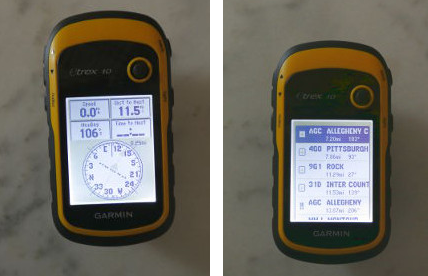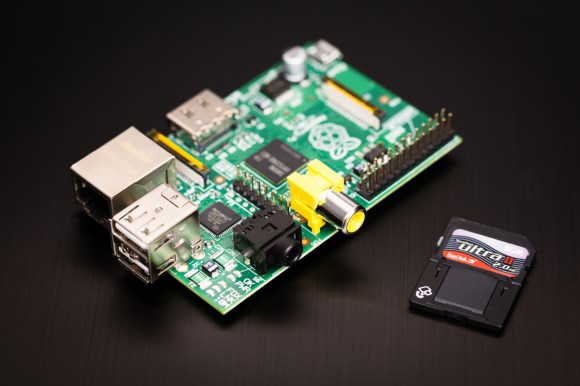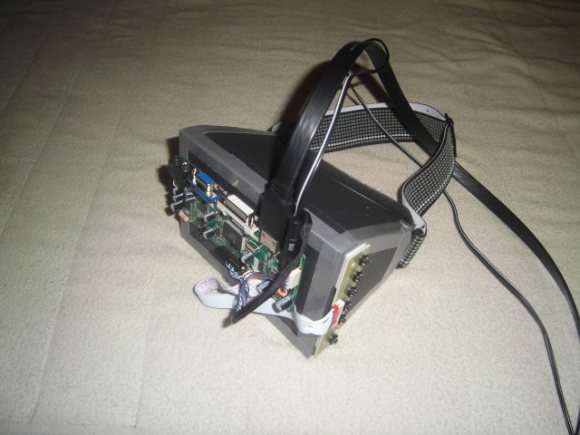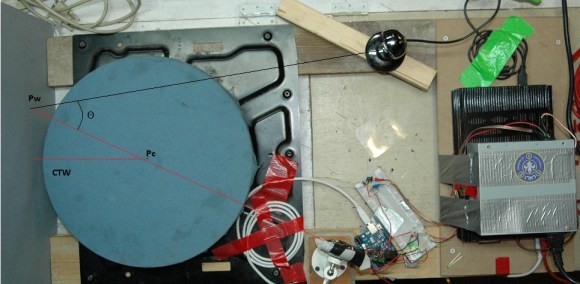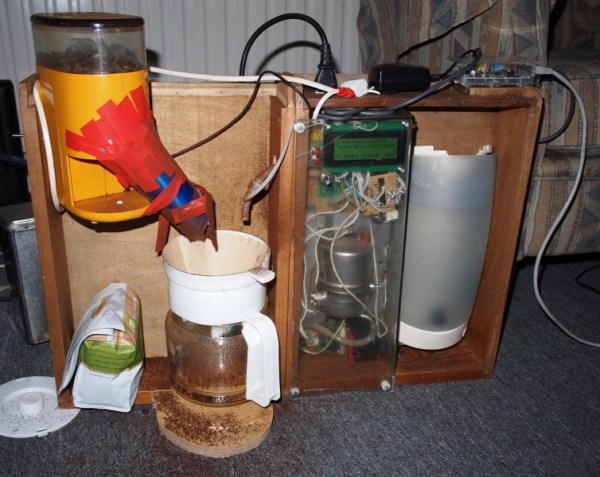
Here’s another Flora Arduino based project from [Becky Stern]. It’s a backpack with brake lights and turn signals for use when motorcycling, but it should work just as well for bicyclists. From this view the project looks pretty normal, but things get downright crazy when she decided to use the WS2801 pixels for the LEDs. Sure they take all the work out of driving an array of LEDs, and they offer full color and dimming levels. But when you see the bulk of cabling and PCBs this adds to the project (shown in the video after the break) we think you’ll agree that this was an interesting choice.
That issue aside the project is a lot of fun. The system doesn’t patch into the motorcycle’s electronics. Instead, it uses an accelerometer to detect when the brakes are applied and light the LEDs according. The turn signals are switched with an RF remote control that can be mounted on the handlebars.
Anyone looking to hack outerwear with electronics can learn form the fabrication techniques used here. [Becky] details how to make holes in the bag and sew parts to them, as well as using Sugru to waterproof vulnerable components.
Continue reading “Brake Light Backpack Overpowered With LED Pixels”

